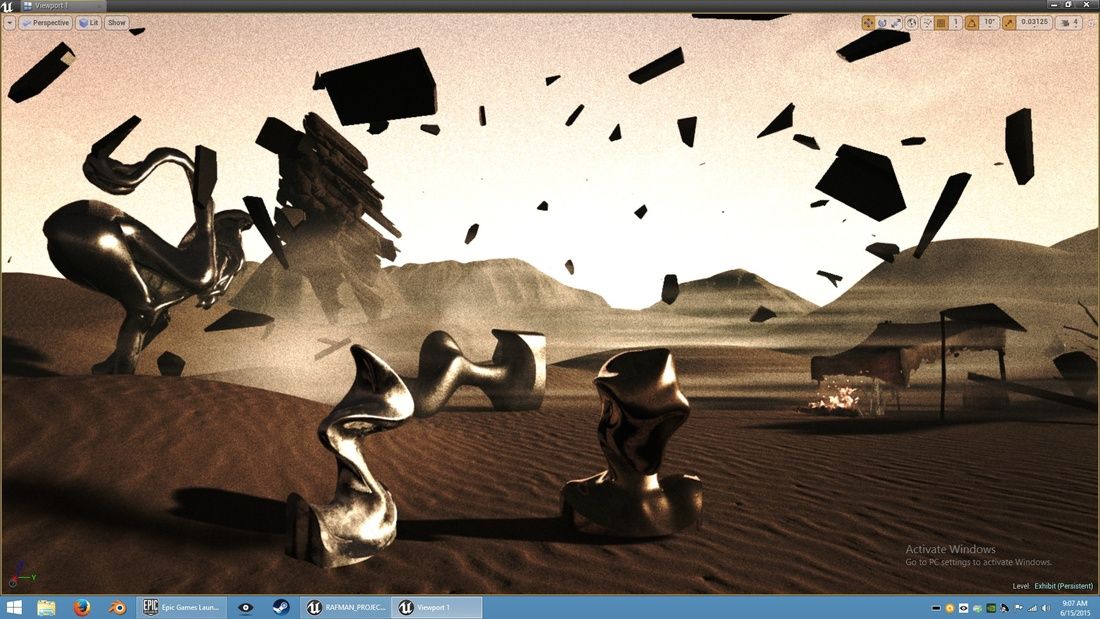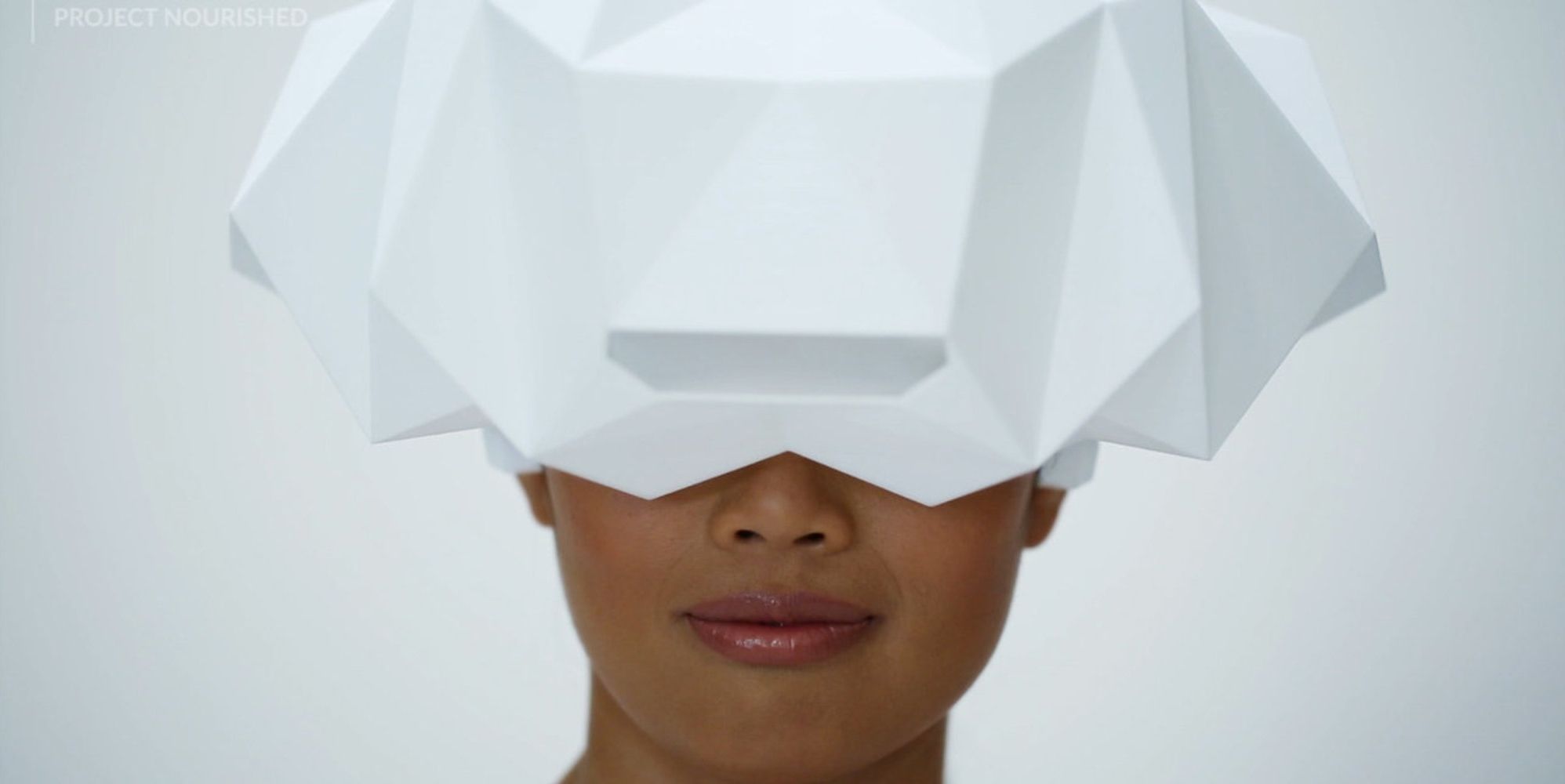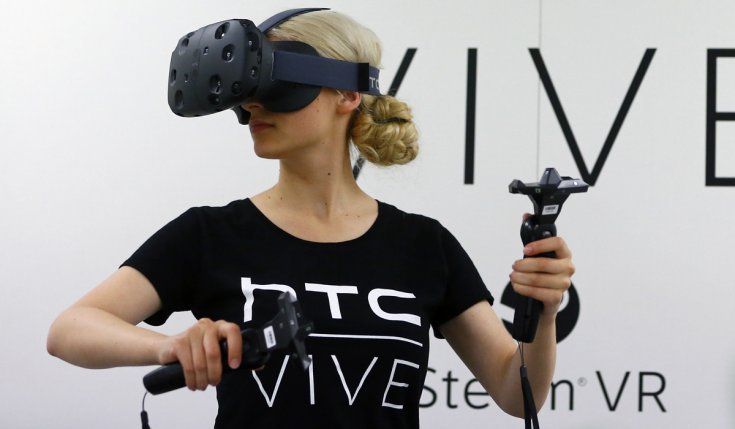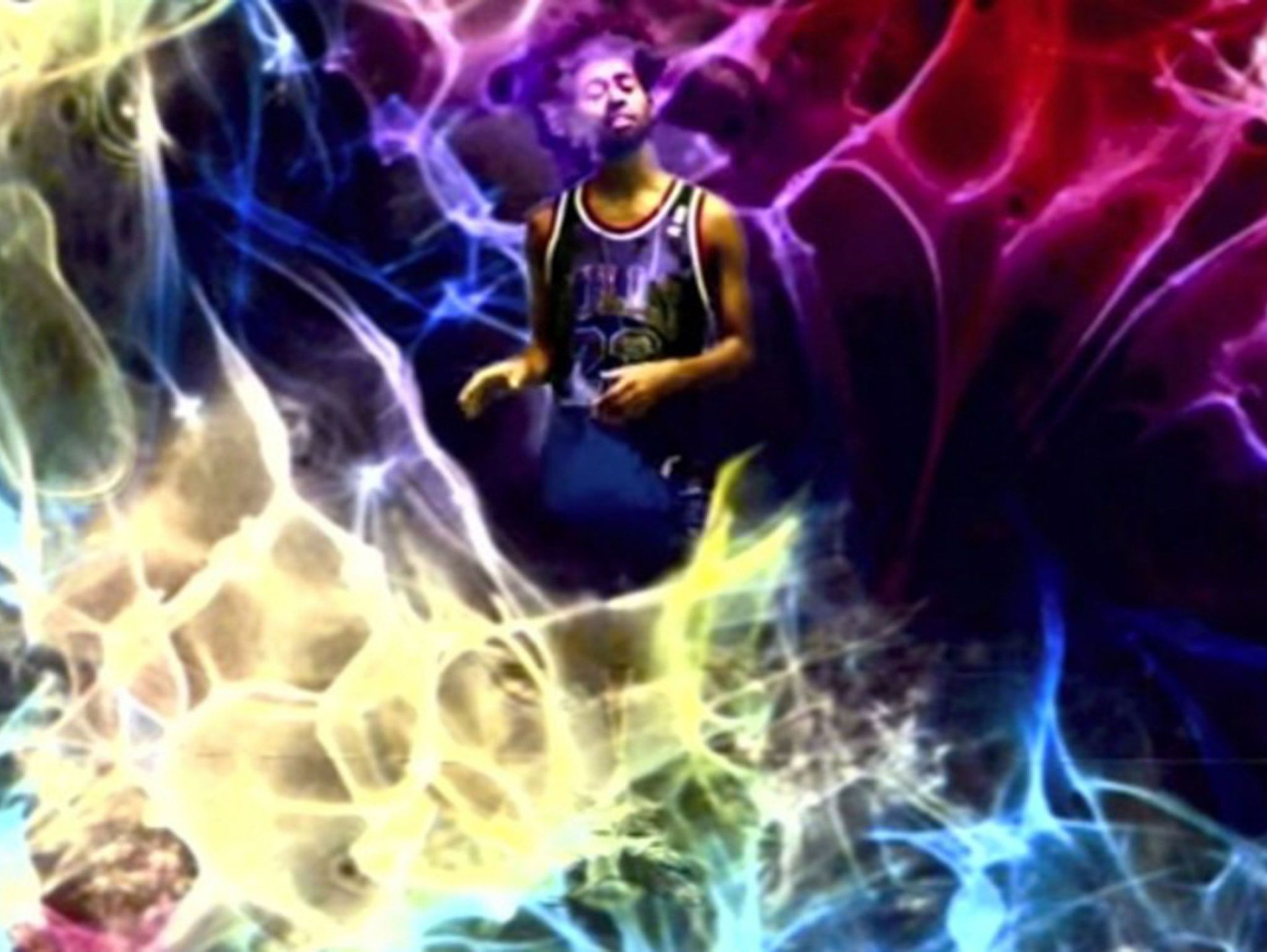Virtual reality painting is here.
Category: virtual reality – Page 89

Virtual Reality Is the Most Powerful Medium of Our Time — By Molly Gottschalk | Artsy
“Virtual reality, too, has existed for a long time—at least in some form. In 1935, American science fiction writer Stanley G. Weinbaum planted early seeds of virtual reality with his short story Pygmalion’s Spectacles, having imagined a pair of magic goggles that could transport the wearer into a faraway place—a holographic, multisensory motion picture complete with touch and smell.”

Virtual Dining Experience Allows You To Taste Food Without The Calories
Is AR your new diet plan?
The future of dining is here, and it’s all about molecular gastronomy, augmented reality headsets and multi-textured algae — and it’s virtually no calories.
Researchers at Project Nourished have found a way to merge the taste, feel and smell of food using atomizers, virtual reality headsets, a device that mimics chewing sounds, a glass with built-in sensors, a specialized utensil, and a 3D-printed food cube. The goal is to trick the user’s mind and palate into thinking they’re experiencing something entirely different than what they’re actually eating.
According to CEO Jinsoo An, the project was born out of his frustrations with his own gluten and soy sensitivities. He wants to help people struggling with weight management, diabetes and other food intolerances, so they can enjoy foods they might not otherwise be able to consume.

The best is the last — By Benedict Evans | ben-evans.com
“The point of this excursion into tech history is that a technology often produces its best results just when it’s ready to be replaced — it’s the best it’s ever been, but it’s also the best it could ever be.”

Global Wearable Technologies: Devices, Applications, And Services Market 2016 — 2021
We’re in an exploding evolution state for technology across all industry sectors and consumer markets.
3 to next 5 years — we see IoT, Smartphones, Wearables, AI (bots, drones, smart devices and machines), 3D printing, commercialization of space, CRISPR, Liq Biopsies, and VR & AR tech.
5 to next 8 years — we will see more BMI technology, smart body parts, QC & other Quantum Tech, Humanoid AI tech, bio-computing, early stage space colonization and mining expansion in space, smart medical tech., and an early convergence of human & animals with technology. 1st expansion of EPA in space exploration due to mining and over mining risks as well as space colonization. New laws around Humanoids and other technologies. Smartphones no longer is mass use due to AR and BMI technology and communications.
Beyond 10 years, Singularity (all things connected) and immortality is offered.

Japan set to open ‘robot kingdom‘ that employees robots
Now, that is a concept to consider. Could we see theme parks like Disney be completely operated by robots and leverage other AI technology as well as VR/ AR technology?
A Nagasaki amusement park is turning the fears of a robot-run world into a family friendly attraction. Huis Ten Bosch is set to feature more than 200 androids in its ‘robot kingdom’ to serve guests.

HTC launches $100 million VR startup accelerator — By Adi Robertson | The Verge
“HTC is launching a $100 million accelerator program for startups that want to use its VR technology. The program, called Vive X, will launch in Beijing, Taipei, and San Francisco, with the possibility of expanding to more cities over time.”

Virtual Reality Projected To Lead Before Augmented Reality
Cool
Shipments of augmented reality hardware, which combine real-world and virtual images in the user’s field of view, are forecast by market research firm IDC to ramp up over the next few years. Unlike virtual reality hardware, which tends to be more geared toward gaming, AR hardware is particularly suited for enterprise use, such as architecture, equipment repair and maintenance,
Product design and medical procedures, to name a few. IDC predicted that VR hardware will take off first, but AR will catch up, with combined devices markets seeing hardware shipments exceeding.
110 million units in 2020.
Zotac VR Backpack Makes Virtual Reality Wireless … But Not Exactly Convenient
Zotac specializes in making small computers, like their Magnus EN980, which packs a lot of powerful hardware into a tiny space. The company has used their proficiency with making compact hardware and applied it to this virtual reality backpack; it’s wireless and battery-powered, so you can explore an open space without having to worry about tripping on any wires.
The promotional video cites the possibility of tripping on wires as the main reason why you’d want one of these, but that justification might not be enough to sell you on it. Wireless VR headsets don’t exist yet, but they will soon. Optoma has been working on a cloud-based wireless VR headset; the reason that other companies haven’t done that yet is because of concerns about lag or reduction in picture quality. Optoma claims their headset doesn’t have these issues, and if that’s true, they could end up competing handily with Sony and Oculus, both of which require the user to remain plugged in at all times. Optoma’s headset won’t launch for another year, so until then, hardware developers have had to come up with some other ways to go wireless with VR.
Zotac’s backpack seems like one possible solution, and it certainly increases the user’s ability to take VR with them on the go. You could take this thing out to an electricity-free cabin in the middle of nowhere, so long as the battery’s charged up. (Also, most people probably go to remote cabins for reasons other than trying out a cool VR headset, but … shhh.)
